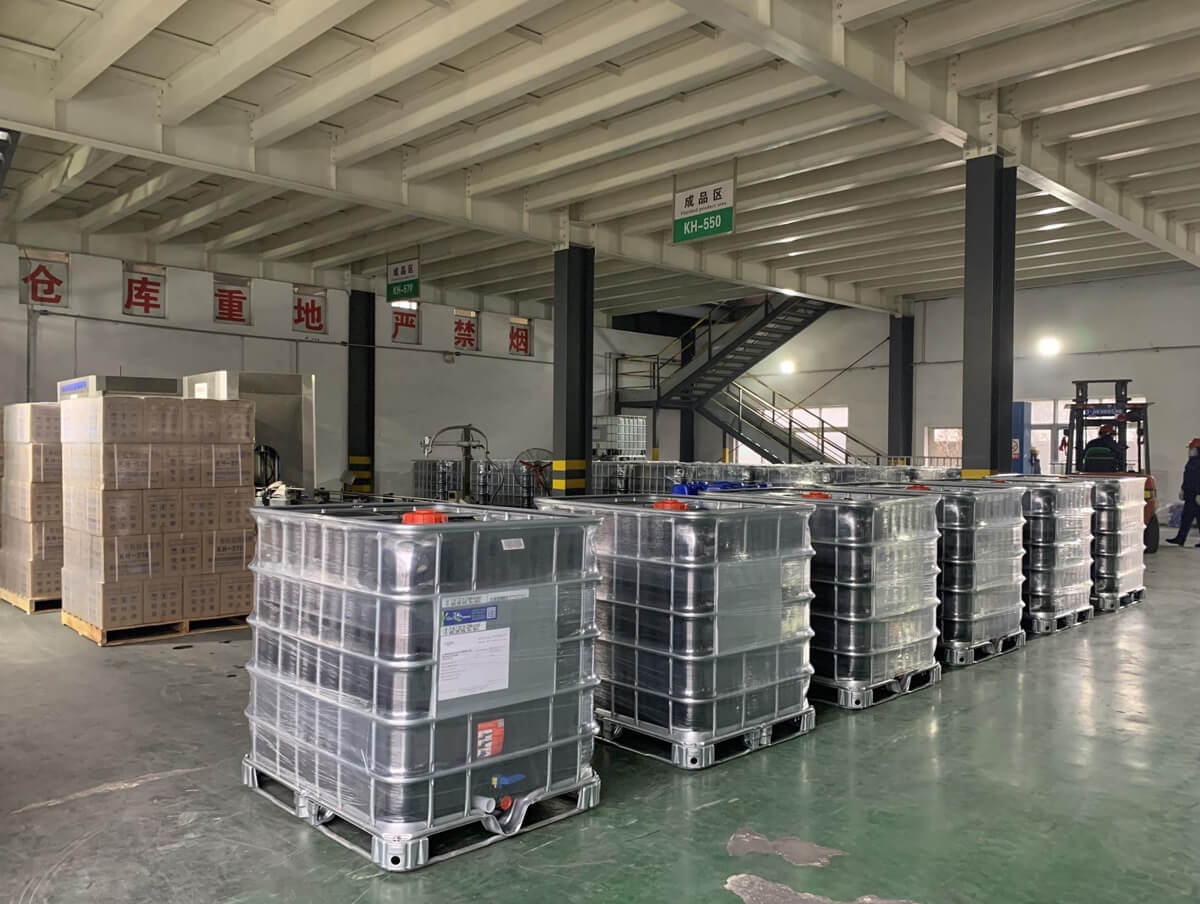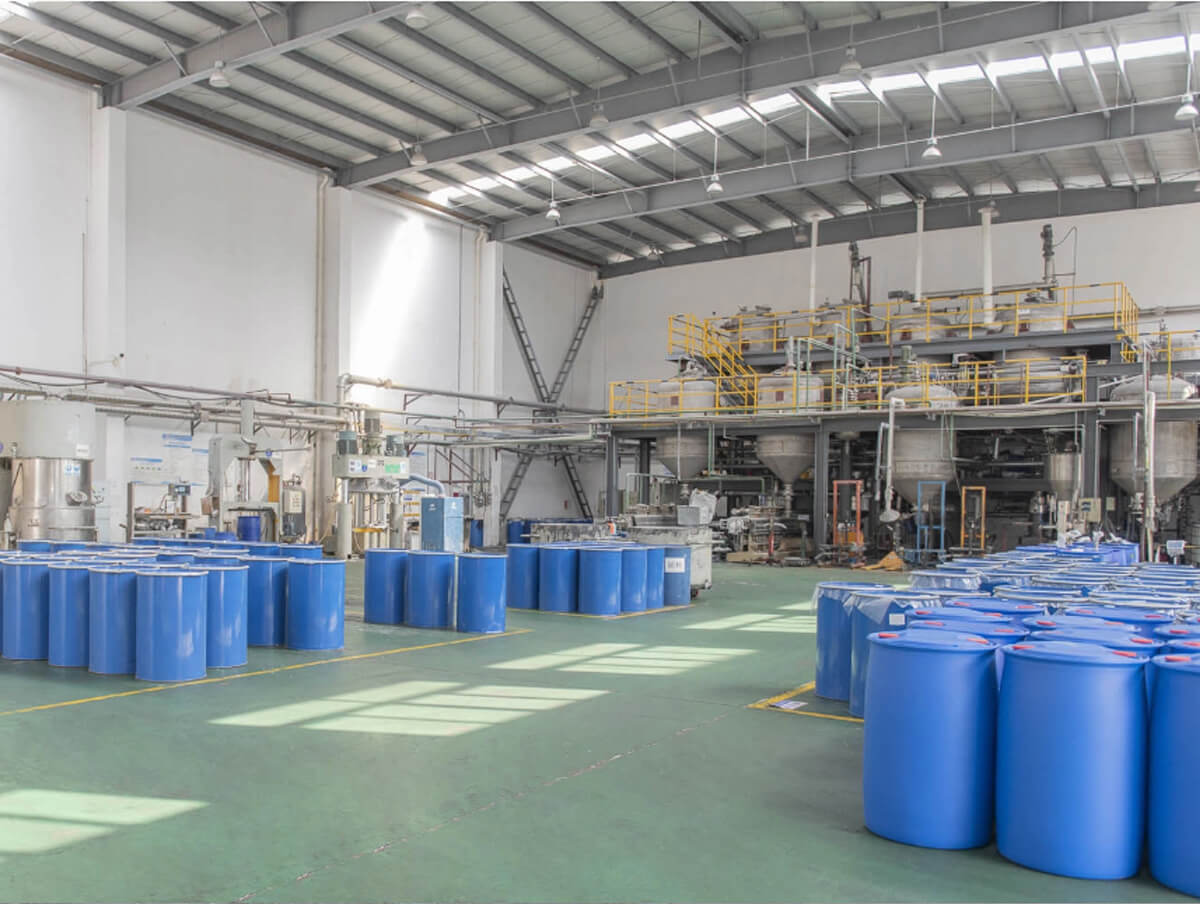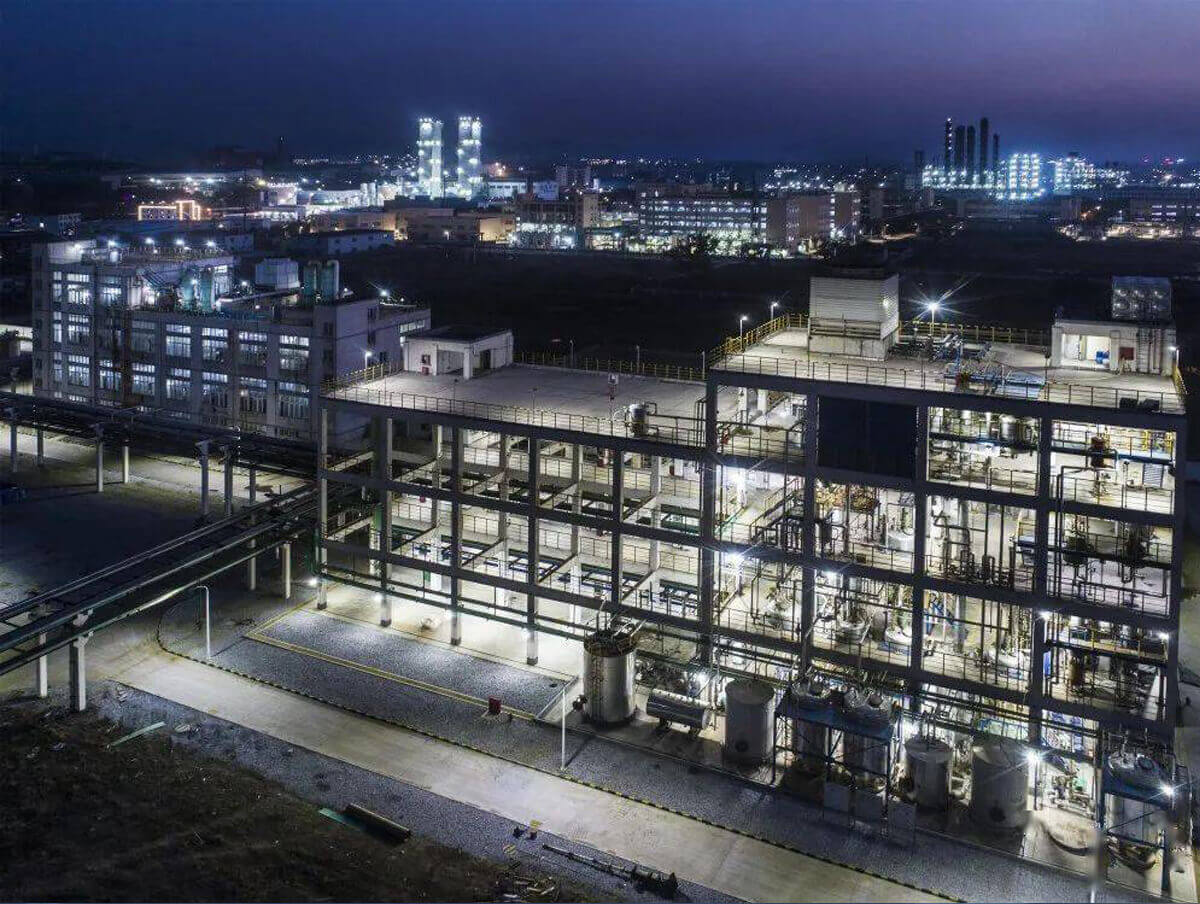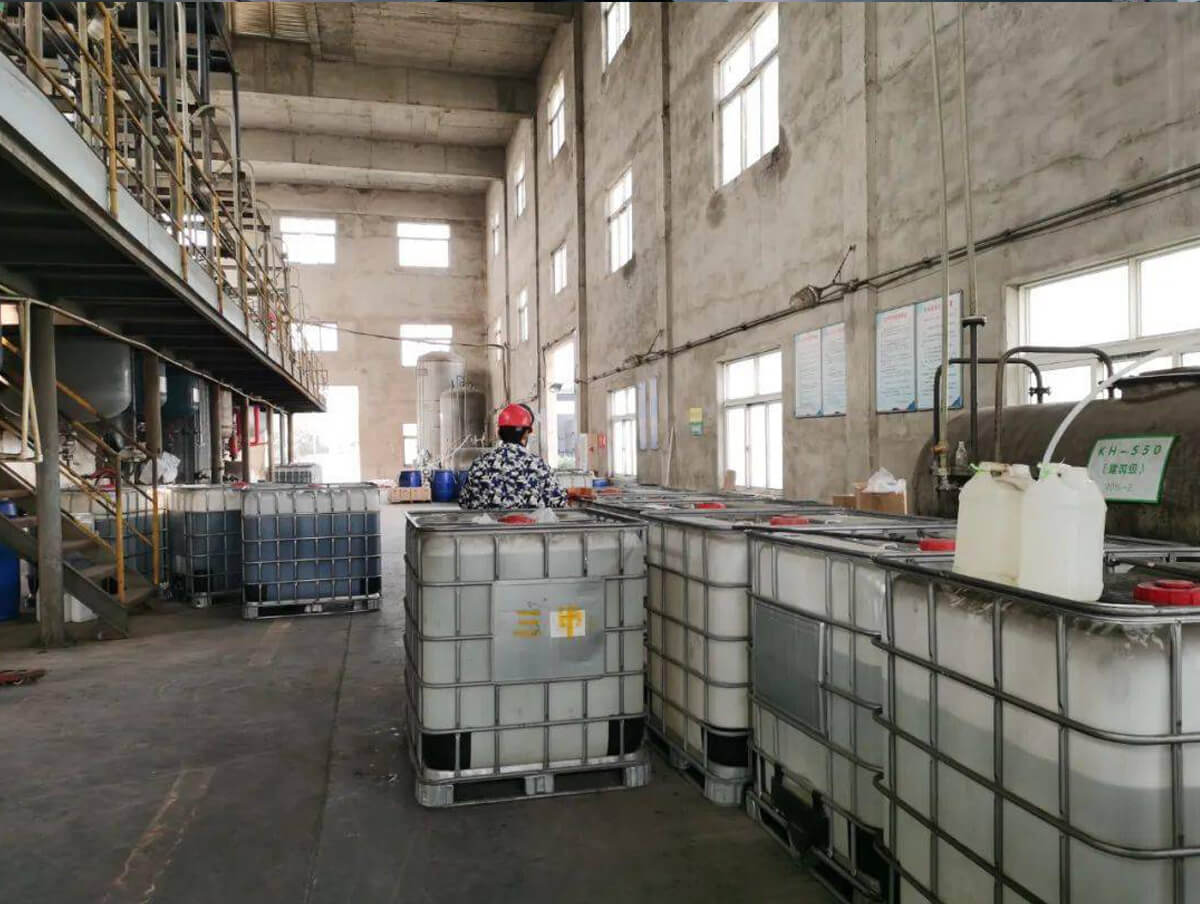Methyl Vinyl Silicone Rubber (Silicone Gum)
| Chemical Name: | Methyl Vinyl Silicone Rubber (Silicone Gum) |
| Product Category: | Silicone Rubber – Product |
| CAS NO.: | 67762-94-1 |
| Product Standard: | T/ZZB 0232-2017 |
| Relative Density: | 0.97 (water=1) |
| Appearanc: | Colorless transparent without mechanical impurity |
| Molecule Weight/104 | 45~85 |
| Content of Vinyl Group: | 0.00-5.00(wt%) (according to customers9requirements) |
| VolatileContent: | ≤1.5(150℃,3h) (wt%) |
Methyl Vinyl Silicone Rubber Introduction
Methyl Vinyl Silicone Rubber (Silicone Gum) is a high molecular polysiloxane compound synthesized with high-quality siloxane and vinyl.
This series can be divided into two major categories: methyl-terminated and vinyl-terminated. Series 110 are vinyl-terminated methyl vinyl silicone gum, and Series 112 are methyl-terminated methyl vinyl silicone gum.
Methyl Vinyl Silicone Rubber (Silicone Gum) are elastomers formed at high temperature after reinforcing agent (silicon dioxide) and additive are added and can be used to manufacture various silicone rubber compound products such as silicone rubber for molding, silicone rubber for extrusion, electrical insulating silicone rubber and flame retardant silicone rubber and further manufacture various silicone rubber products.
Methyl Vinyl Silicone Rubber (Silicone Gum) are elastomers formed at high temperature after reinforcing agent (silicon dioxide) and additive are added and can be used to manufacture various silicone rubber compound products such as silicone rubber for molding, silicone rubber for extrusion, electrical insulating silicone rubber and flame retardant silicone rubber and further manufacture various silicone rubber products.
| Product Name | RS-110 Methyl Vinyl Silicone Rubber (Silicone Gum) |
| Properties | RS-110 Silicone Rubber can not dissolve in water, but dissolve in organic solvents such as methyl benzene, etc. It has excellent properties such as small compression deformation, resistance to saturated vapor pressure. |
| Uses | It can be used in manufacturing sealing material resisting to high and low temperature, waterproof, moisture-resistant and insulation material in aviation, mechanical, chemical industry, etc. Due to its physiological inertia, it can be used to manufacture artificial organ and medical rubber pipe in medical fileds, as well as raw material for high temperature silicone rubber. |
| Package | Net weight 25kg/carton (plastic-lined paperbox). |
| Storage | Store in a cool, dry, well-ventilated area away from strong oxidizing agents. Avoid to contact alkalis and acids substances and lead; It is non-hazardous substance. |
| Handling | Be careful when loading and unloading to avoid damages of the package. During transporting, protect against damp, water, acid and alkali. |
| Chemical Stability | Stable under normal conditions. |
| Conditions to Avoid | Incompatible materials,any sources of ignition or heat. |
| Hazardous Decomposition Products: | In case of a fire, oxides of carbon, hydrocarbons, silicon oxide, fumes, and smoke may be generated by thermal decomposition or combustion. |
| Vinyl Content Grade | Molecular Weight, 104 | Vinyl Content | |
| Ultra Low Ethylene | 110-8 | 45-80 | 0.03—0.06% |
| 110-8S | |||
| Low Ethylene | 110-1 | 45-80 | 0.07 〜0.12 |
| l10-1S | |||
| Regular Ethylene | 110-2 | 0.13〜0.20 | |
| 110-2S | |||
| High Ethylene | 110-3 | 0.21〜0.24 | |
| 110-3S | |||
| Ultra High Ethylene | 110-4 | 0.25〜0.49 | |
| 110-4S | |||
| 110-5 | 45〜70 | 0.50〜0.79 | |
| 110-5S | |||
| 110-6 | 45〜70 | 0.80〜1.79 | |
| 110-6S | |||
| 110-7 | 45〜60 | 1.80〜5.0 | |
| 110-7S | |||
Packaging Specifications


Jessica G.
Get in touch to Get
- Quick and helpful reply within 8 hours;
- Tailored solutions provided for your project;
- One-stop purchasing service.
Methyl Vinyl Silicone Rubber: Guide
RS-110 Methyl Vinyl Silicone Rubber, referred to as Vinyl Silicone Rubber, RS-110 silicone rubber is a copolymerization of dimethicone and a small amount of vinyl silicone, vinyl content is generally 0.03% to 5.0% (can be customized). The introduction of a small amount of unsaturated vinyl makes its vulcanization process and the performance of the finished product, especially heat aging resistance and high temperature compression deformation performance has been greatly improved.
The content of methyl vinyl siloxane unit has a great influence on the vulcanization performance and heat resistance of the vulcanized rubber, too little effect is not significant, too much [more than 0.5% (mole fraction)] will reduce the heat resistance of the
The content of methyl vinyl siloxane unit has a great influence on the vulcanization performance and heat resistance of the vulcanized rubber, too little effect is not significant, too much [more than 0.5% (mole fraction)] will reduce the heat resistance of the












